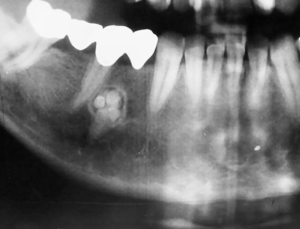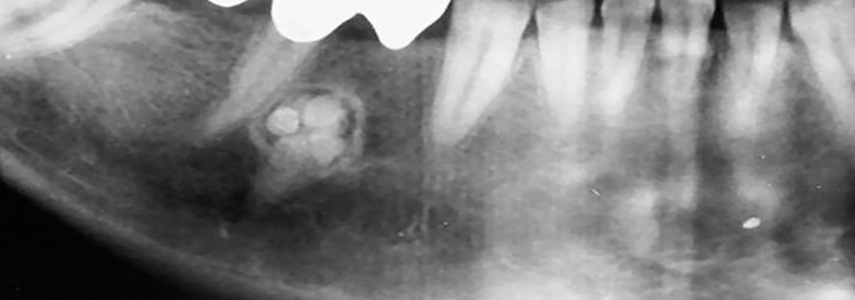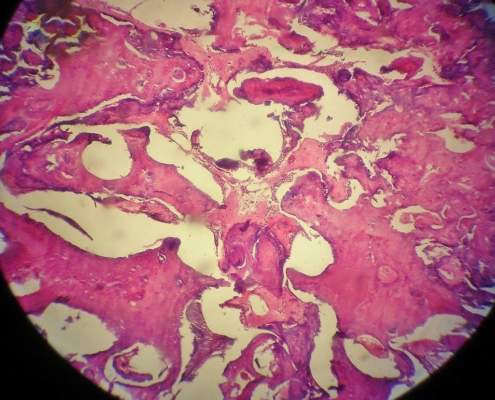We have already discussed in more articles the question of oral cancer, but not all of them are malignant, there are some, such as the odontoma, which is benign and does not lead to irreparable health conditions.
What is the odontoma
The odontoma, as anticipated, is a benign tumor that has a very slow evolution and is composed of the same dentinal tissues that make up the tooth. In fact, its main component is dentin. Normally this type of tumor affects boys during the transition from deciduous to permanent dentition.
The diagnostic investigations highlight the odontoma as a homogeneous and calcified mass, of hard consistency and bounded by the maxillary bone. Its shapes and sizes may vary depending on the specific clinical case, as well as the surface that can be smooth or irregular.
There are no particular symptoms, what is evident is a swelling of the jaw. The presence of the tumor mass can therefore be diagnosed only following a dental examination.
As with any other type of tumor, this oral cancer must also be subjected to histological examination to better understand its nature. The odontomas are not all the same, they are divided into simple, complex and composed.
Simple odontoma
We are talking about a simple odontoma when its composition does not have multiple dentinal tissues, but is composed of 100% of a single tissue, for example dentin.
Complex odontoma
In the presence of a complex odontoma, the tumor mass is composed of a fibrous envelope inside which are present: enamel, cement and dentin. In the diagnosis phase it has a round shape with maximum dimensions of one centimeter and positioned at the level of the molars. Its formation is often linked to the pathology of dental occlusion.
Compound Odontoma
A last variant is that of the compound odontoma, a tumor mass completely similar to the tooth. It consists of: enamel, dentine, pulp and cement, covered with a fibrous capsule. The cause of the appearance of a compound odontoma, being of a nature very similar to the tooth, is often determined by the presence of supernumerary dental germs or fragmentation in several parts of the same dental germ. Clinically, there was a greater presence of this type of tumor in the area between incisors and canines.
What are the causes of the odontoma
 Certain causes on the occurrence of this particular oral cavity problem have not yet been highlighted in the scientific literature. There are only hypotheses that link this particular type of tumor to the presence of inflammatory stages or dental trauma. Other causes could be alterations in the dentition: macrodontia, underdevelopment of the jaws or supernumerary teeth.
Certain causes on the occurrence of this particular oral cavity problem have not yet been highlighted in the scientific literature. There are only hypotheses that link this particular type of tumor to the presence of inflammatory stages or dental trauma. Other causes could be alterations in the dentition: macrodontia, underdevelopment of the jaws or supernumerary teeth.
As we have already said it is a pathology that does not present symptoms, in fact it is often diagnosed as a result of other dental checks.
How to heal from the odontoma
The only possible treatment is that which involves the surgical removal of the tumor mass. Once removed, it will be subjected to histological examination to examine the details. Normally, once the surgery is performed, there are no recurrences.

















